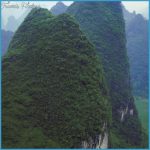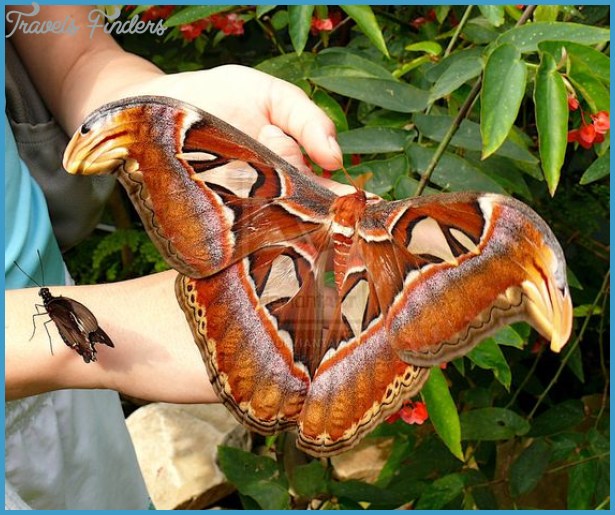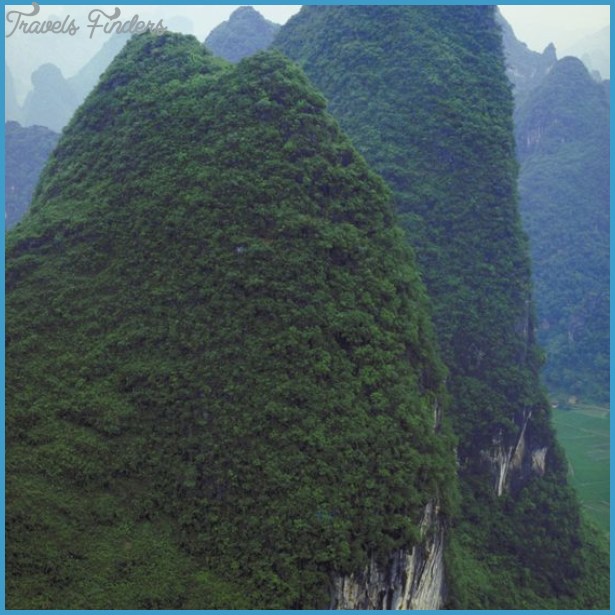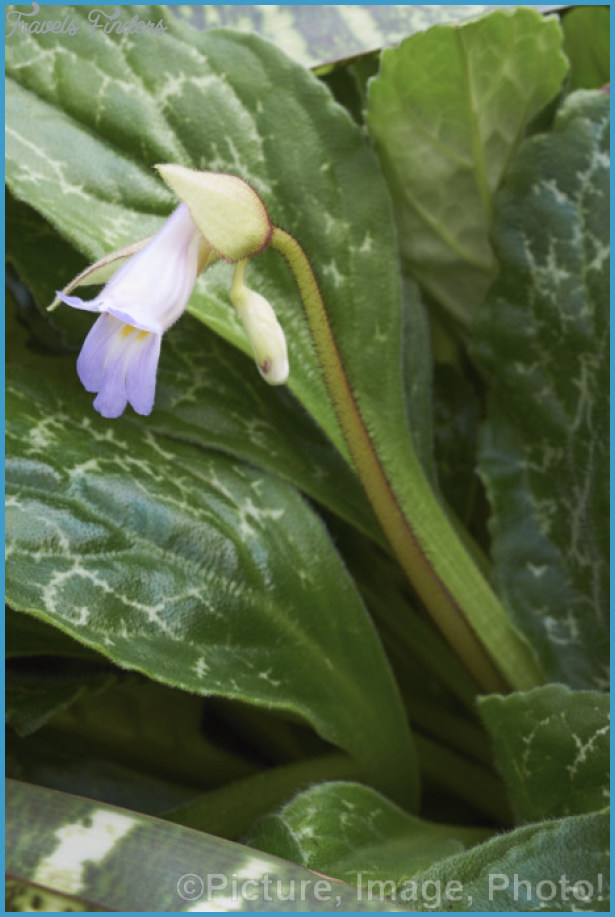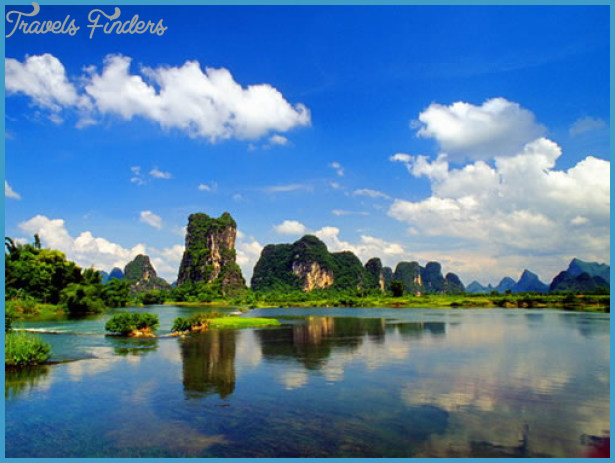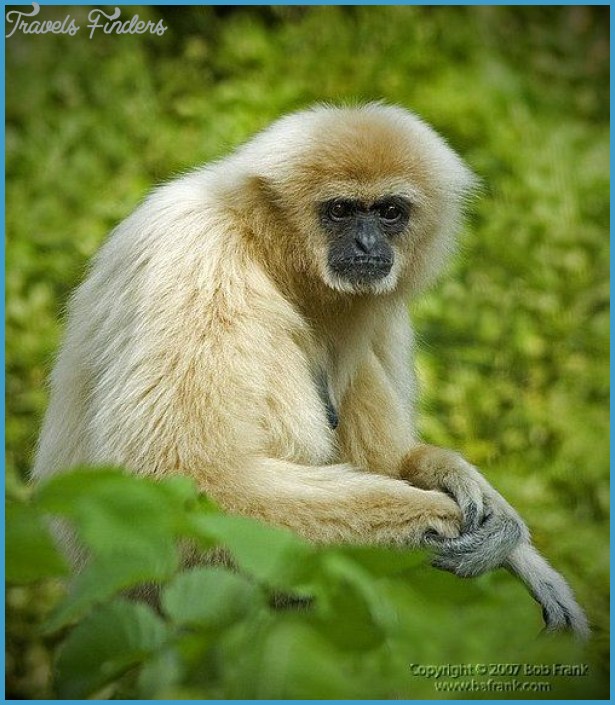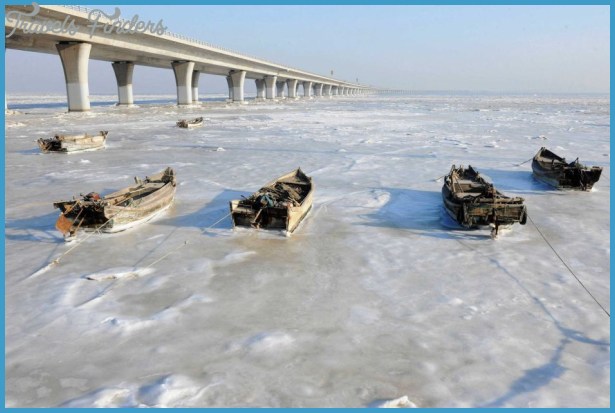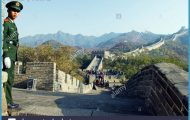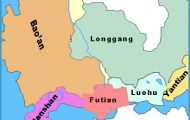Shanghai weatherstation (alt. 5m/16ft)
Chongqing weather station (alt. 261 m/856ft) and Kunming (alt. 1893m/6209ft)
The boundary between the subtropical climate zone and the “yellow” north runs about 100-200km/60-1200 miles north of the Changjiang. Compared to tropical China, the winter influence of continental Asia is much more marked.
Subtropical Southern China Photo Gallery
Although the winters are mild, temperatures generally remain below those of tropical China. In the lower reaches of the Changjiang, minimum temperatures stay just above freezing and from November to the end of March, frosts can occasionally occur, but temperatures do not fall below -10°C/14°F. On the other hand, summers are hot. Wuhan ranks alongside Nanjing and Chongqing as one of China’s “hothouses”. From June to July/August temperatures frequently exceed 30°C/86°F. In July and August they can on occasions reach 40°C/104°F. From June to September, relative humidity can exceed 80%, while in Nanjing this is only the case in July. Further away from the coast, humidity stays below this level.
The climate in the Sichuan Basin (Chongqing weather station), by comparison with the lowlands in the lower reaches of the Changjiang, is somewhat different. Average annual temperature of 18.6°C/65.5°F exceeds that of Shanghai by 3.3°C/6°F, The Mingshan and Qinling Mountains keep the central Asian cold air currents at bay and winter minimum temperatures can be 5-6°C/8-10°F higher than further down the Changjiang. Frosts are rare. The lowest recorded temperature is -2.5°C/27.5°F in February. For months the Sichuan Basin lies under a constant cloud cover. The air is stuffy and sultry. From November to February the sunshine totals reach only 47, 54, 48 and 56 hours, only a third of the totals recorded in the eastern Changjiang regions.
In summer, the heat in the Sichuan Basin can be oppressive. From June to August daily maximum values remain constantly 2-3°C/ 4-6°F above those in Shanghai. The best time to visit this region is undoubtedly during the spring or autumn.
The growing season in the best locations below 700m/2300ft lasts for eleven months and rice can be double-cropped.
In the higher altitudes (around 2000rrr/6500ft) of south-west China (Kunming weather station), the climate is more acceptable to Europeans. It is hot but never humid. Kunming is sometimes described as the “city of eternal springtime”. Summer seems like an extended spring. The rainy season lasts from May to October and at the start can be very stormy.
Winter is more like an extended autumn: sunny and mild. Kunming has no equal in China – with its southern location, it is so mild and yet enjoys so many hours of winter sunshine. From December to April, monthly sunshine totals in hours average 203, 252, 234, 244, and 238. In Beijing, the corresponding figures are: 192, 206, 197, 237, 239.


